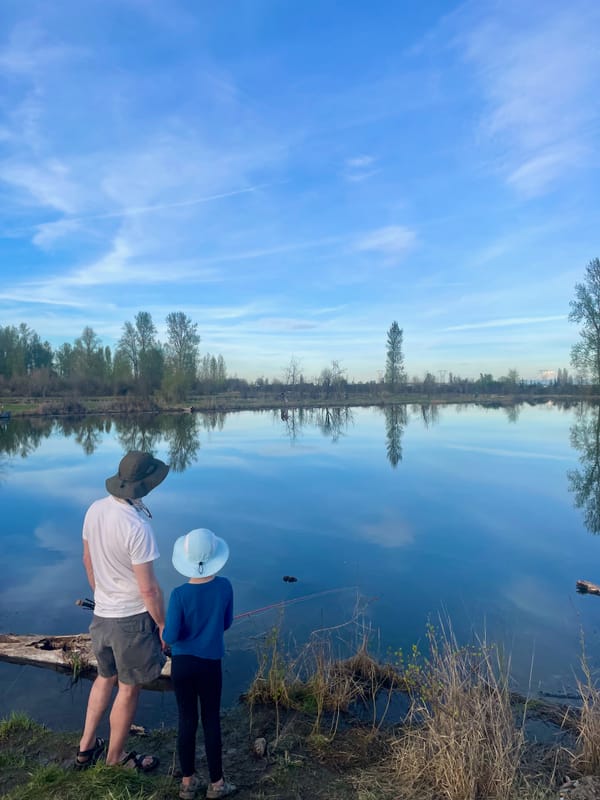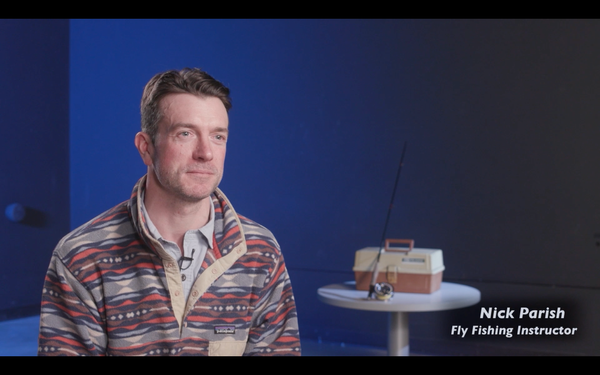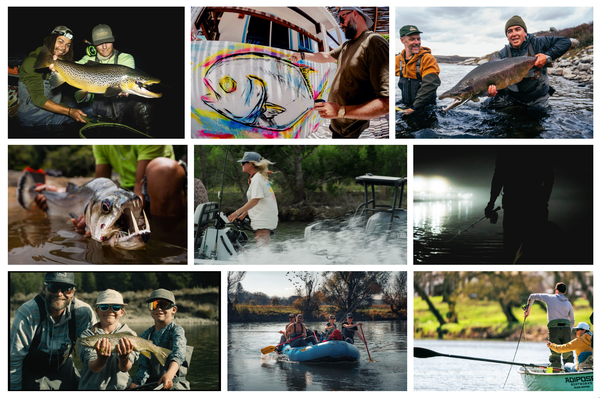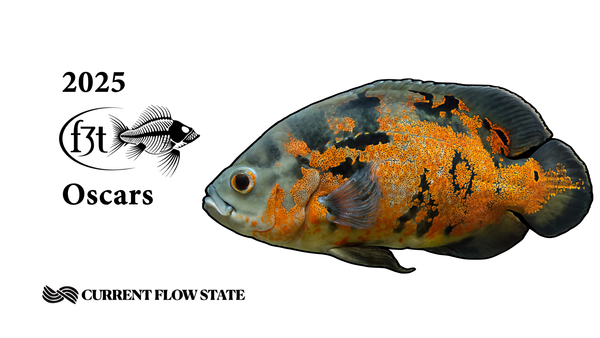Vivid indicators of life
Wading for caddis, fishing nymphs with suspenders
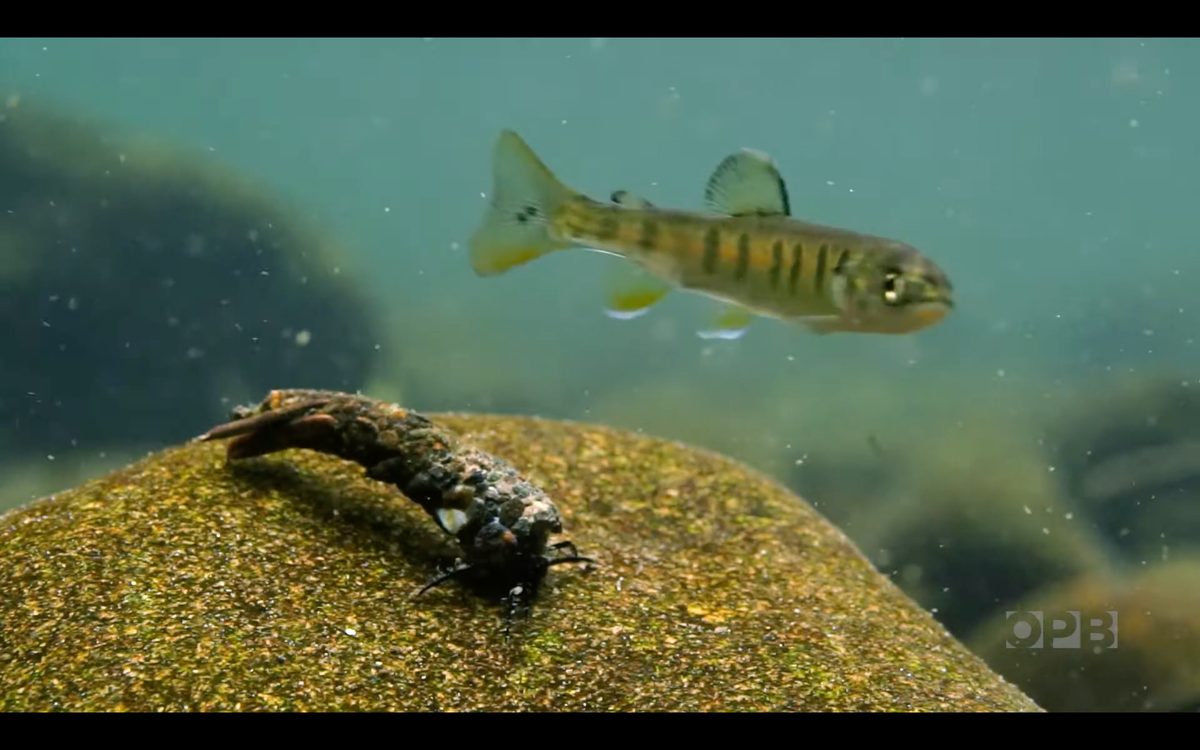

CFS folk: We're almost there. Spring is springing hard here in Oregon, and across the rest of North America we're just a short stretch away from the traditional April opening of fishing season.
This week we've got an essential rundown of fishing with an indicator (or, ahem, a bobber), a fun film full of infectious scientific curiosity, and some sad news about two watersheds in grave peril.
In case you missed it: Last week we published our big F3T (Fly Fishing Film Tour) awards for 2025. Thanks for all the feedback there. It sounds like we'll need a watch party (or two?) when it comes around next year.
Don't forget Maupin 🎣: Do me a favor and register here if you're planning on joining for our Maupin Meetup around TroutFest so I can send you updates directly. Folks who've already reached out to camp, I've got you. If you're still on the fence, we've got a couple camping spots left.
Another opportunity to connect 📚: We're going to be gathering in a couple weeks to discuss In Praise of Floods with a couple of special guests. I finally got started this week and can't put it down. If you're interested in joining the discussion, register for that here.
Bobber-lobbing lobby robs our hobby
How's that for an Arrested Development reference?
Despite the purists pouring on their derision, indicators are here to stay. They're great to help beginners get a feel for the sport, and critical even for advanced anglers in certain situations.
Here's a whopper of a post covering a lot of key areas of fishing with indicators:
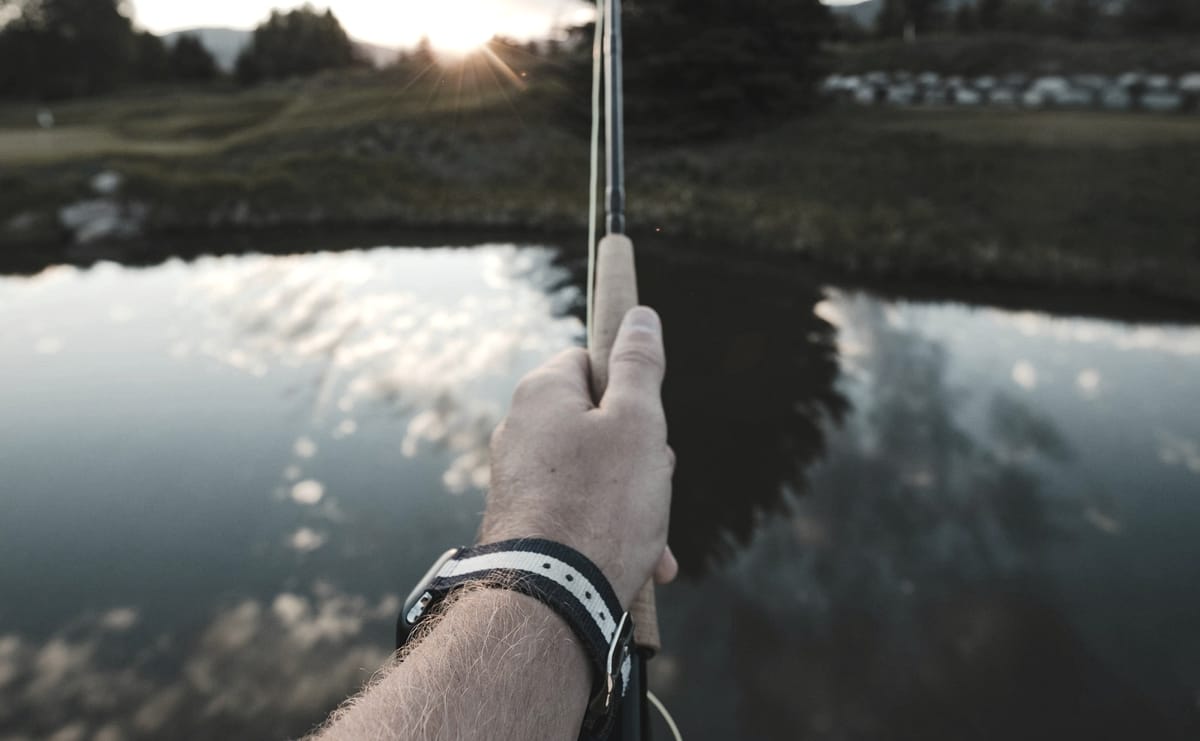

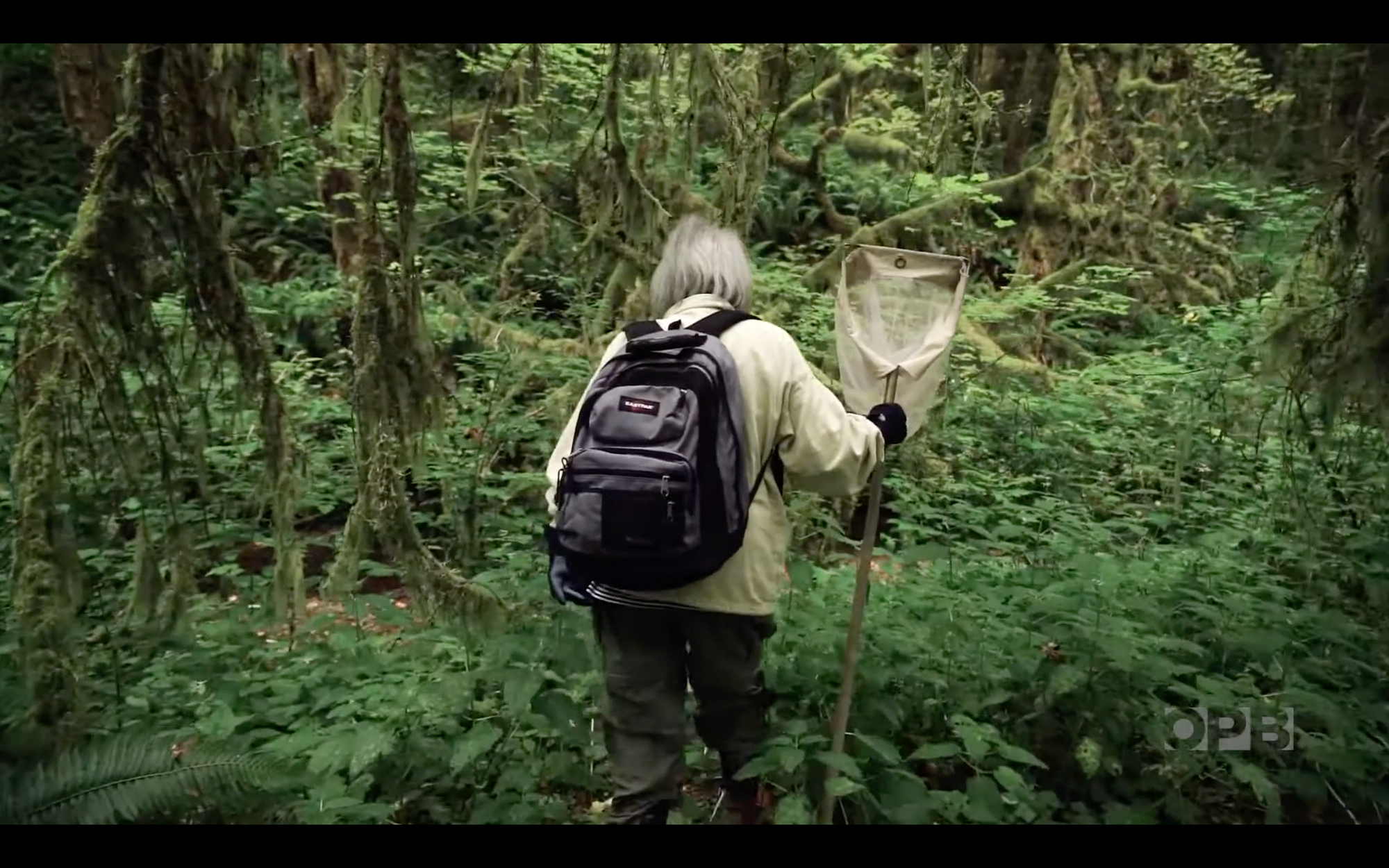
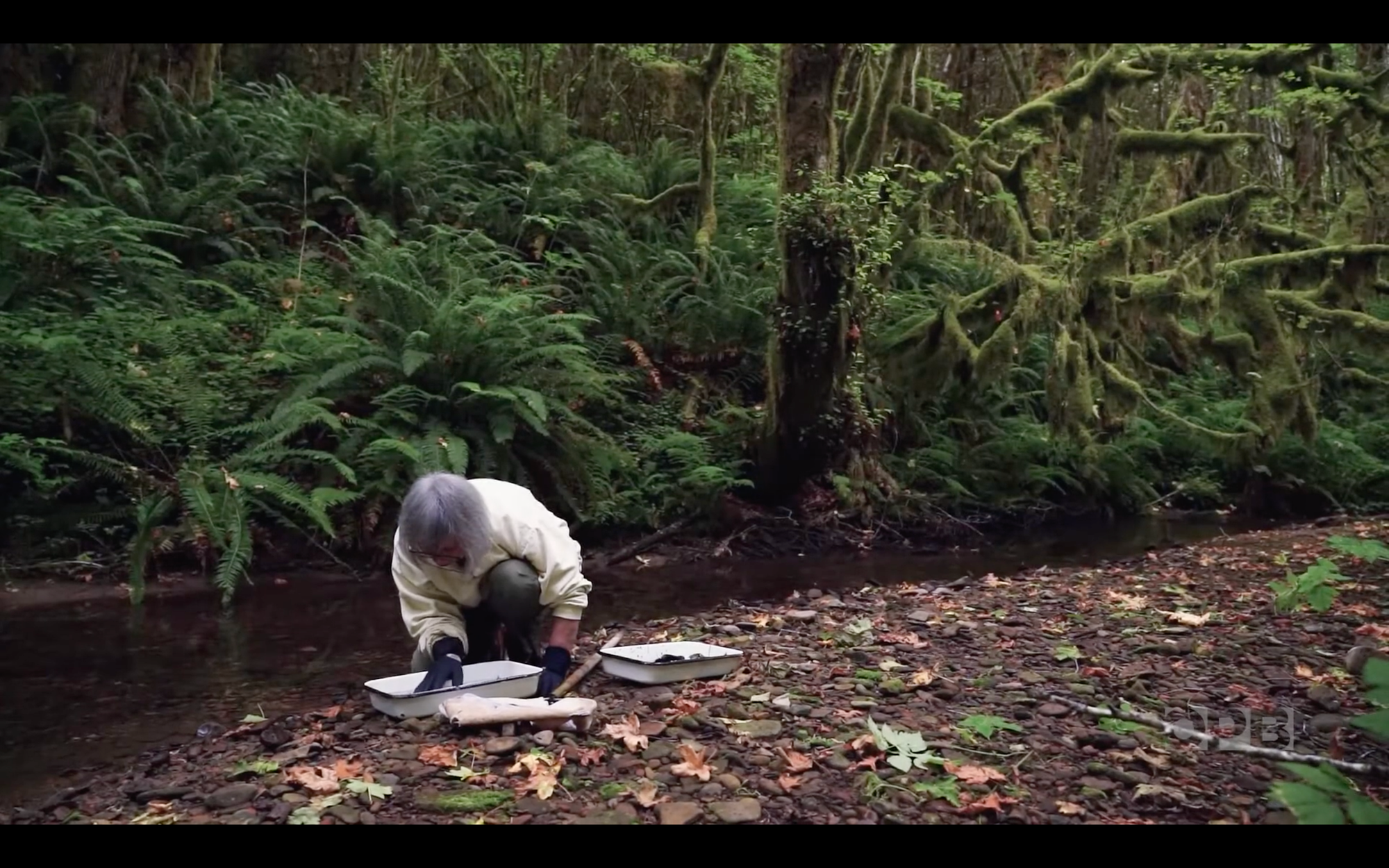

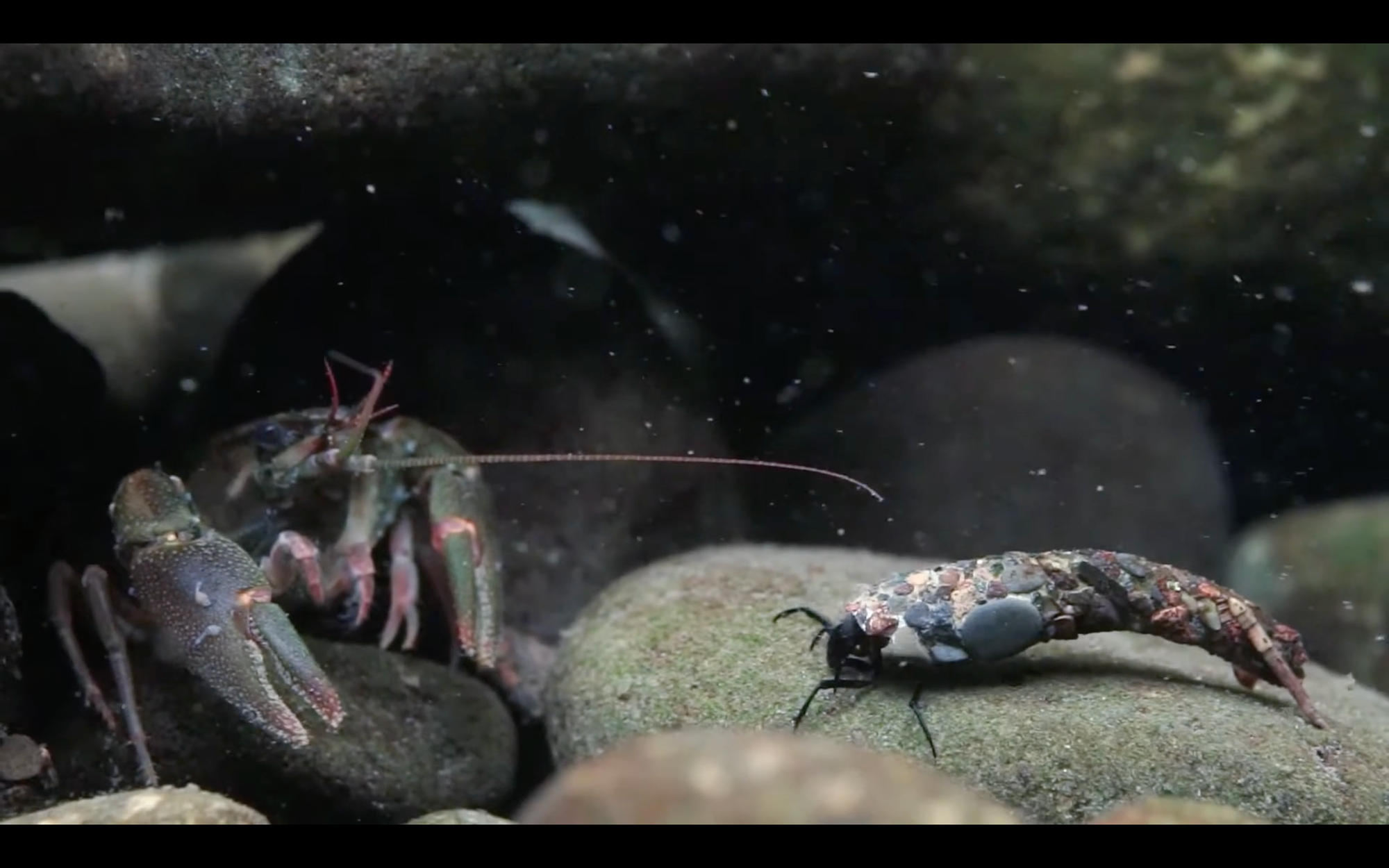
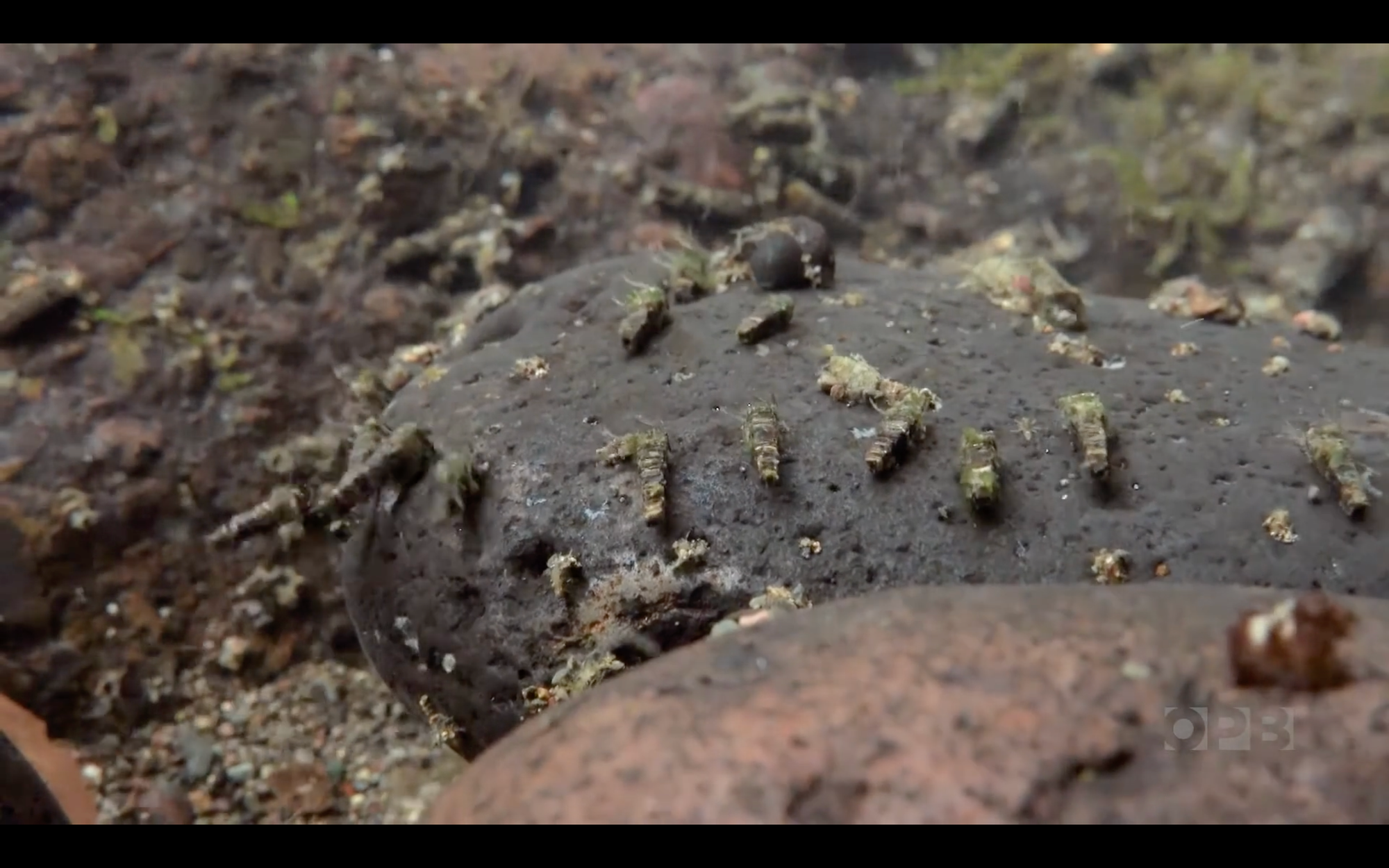
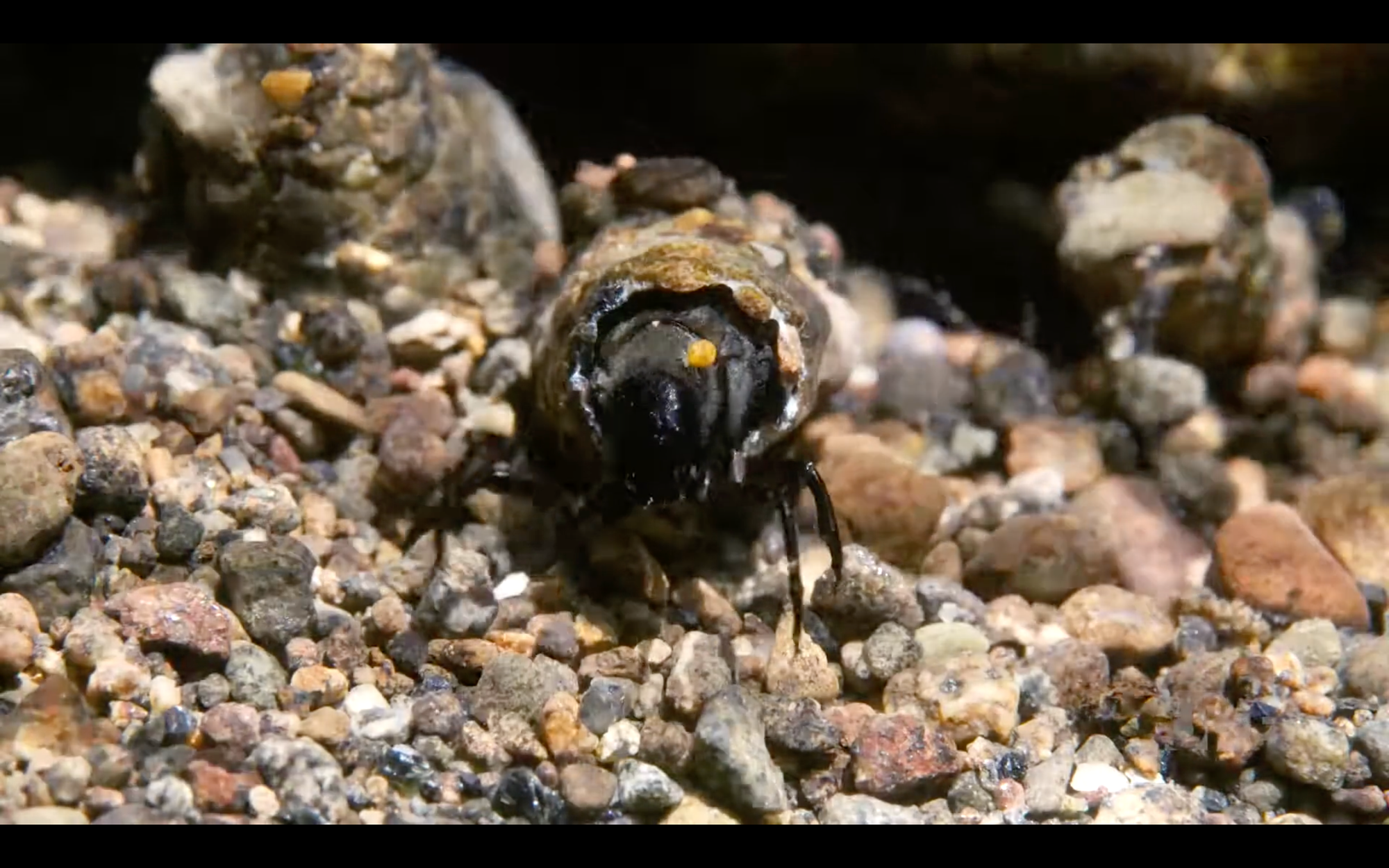
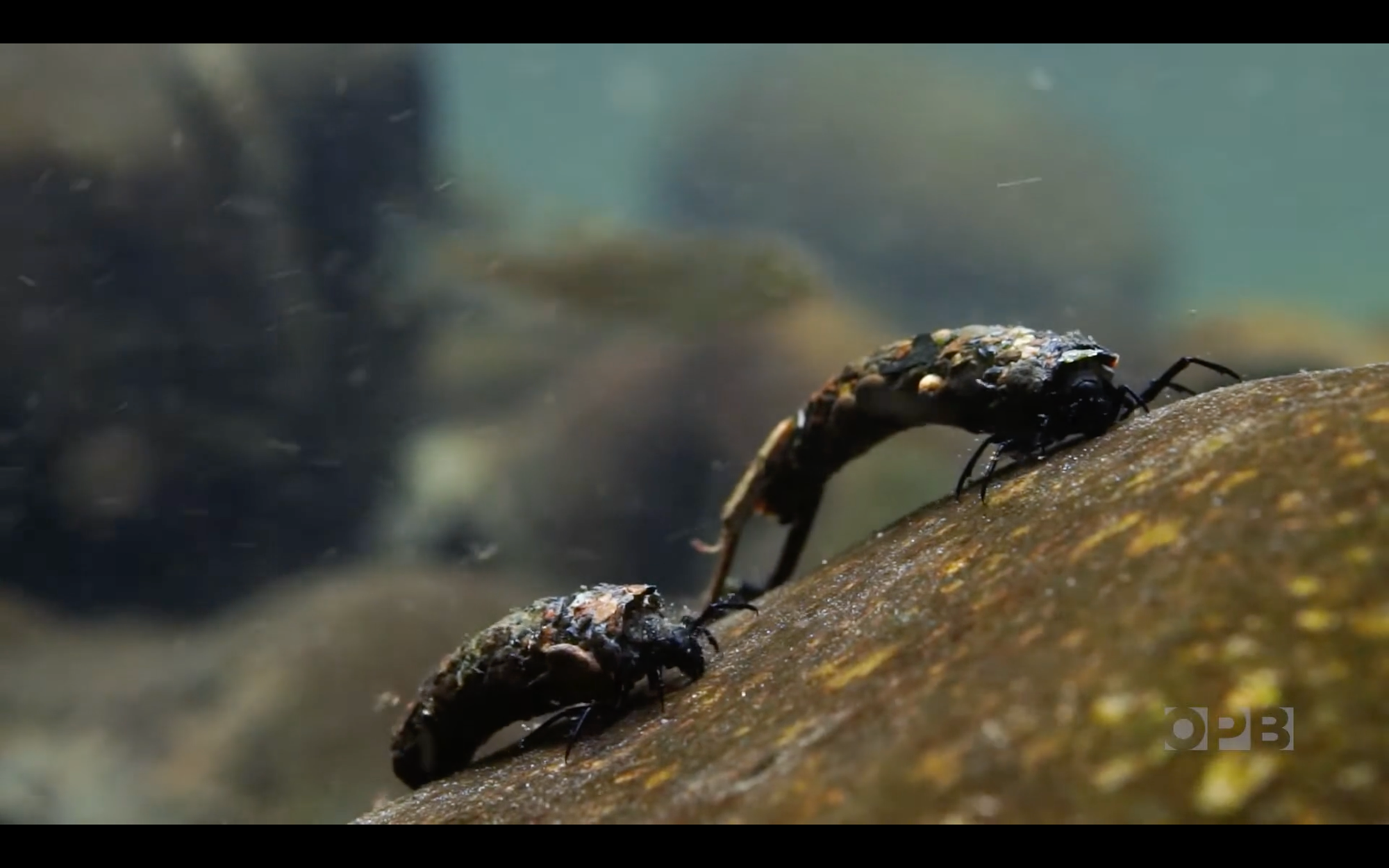
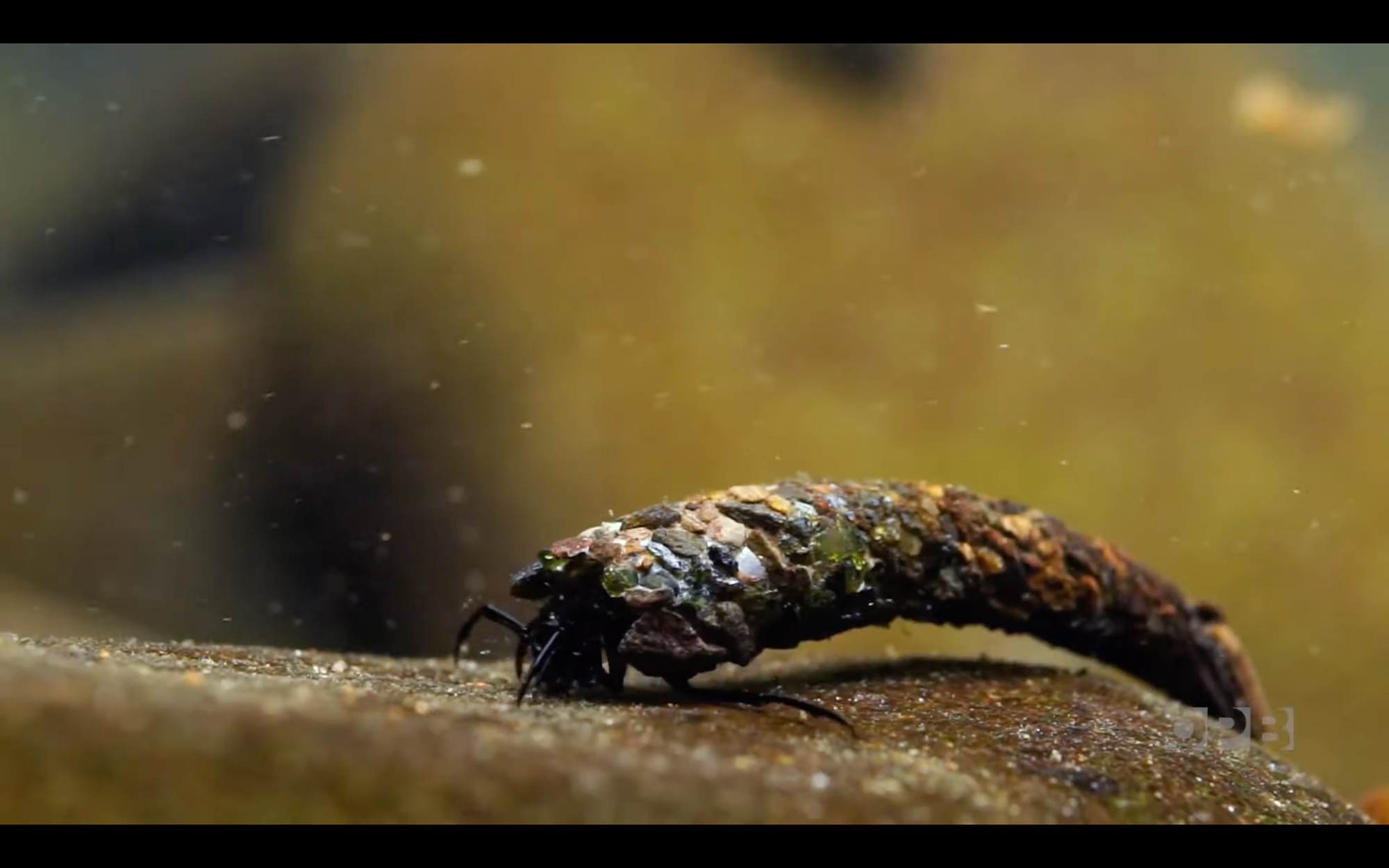
Stills from the Oregon Field Guide episode on caddis and Judy Li
A love affair with caddis
Several folks shared the latest great video from Oregon Field Guide—thanks so much! It's gorgeous.
It showcases former OSU professor Judy Li and her passion for caddis. Caddis, mayflies, and stoneflies are keystone food groups for trout, and a critical insect type we imitate with our flies.
The short film features some beautiful underwater videography of various species of caddis, from case-making to web-spinning types, and Li does an exceptional job describing just how her childlike sense of wonder in streams became a scientific pursuit.
As Li says in the film,
If folks recognize that they can make a difference in what happens to the streams around them, it enriches our lives entirely. And gives us many more tools to address questions and to enjoy life.
If you want to learn more about caddisflies and their relationship with fly-fishing, check out Gary LaFontaine's Caddisflies. It's an incredibly detailed resource and an entrancing blend of science and artistry. LaFontaine's Deep Sparkle Pupa and Emergent Sparkle Pupa remain unstoppable caddis patterns.
Li is the coauthor of Wading for Bugs and children's book Ellie's Log. Check 'em out.
Got a film recommendation? Send it over!
Quick casts 🎣
Environment
Two sad stories of watersheds in peril this week, one from Zambia, where a dam holding back acidified mine waste burst and ran into the Kafue river.
"Prior to the 18th of February this was a vibrant and alive river," said Sean Cornelius, who lives near the Kafue and said fish died and birdlife near him disappeared almost immediately. "Now everything is dead, it’s like a totally dead river. Unbelievable. Overnight, this river died."
About 60% of Zambia’s 20 million people live in the Kafue River basin and depend on it in some way as a source of fishing, irrigation for agriculture and water for industry. The river supplies drinking water to about five million people, including in the capital, Lusaka.
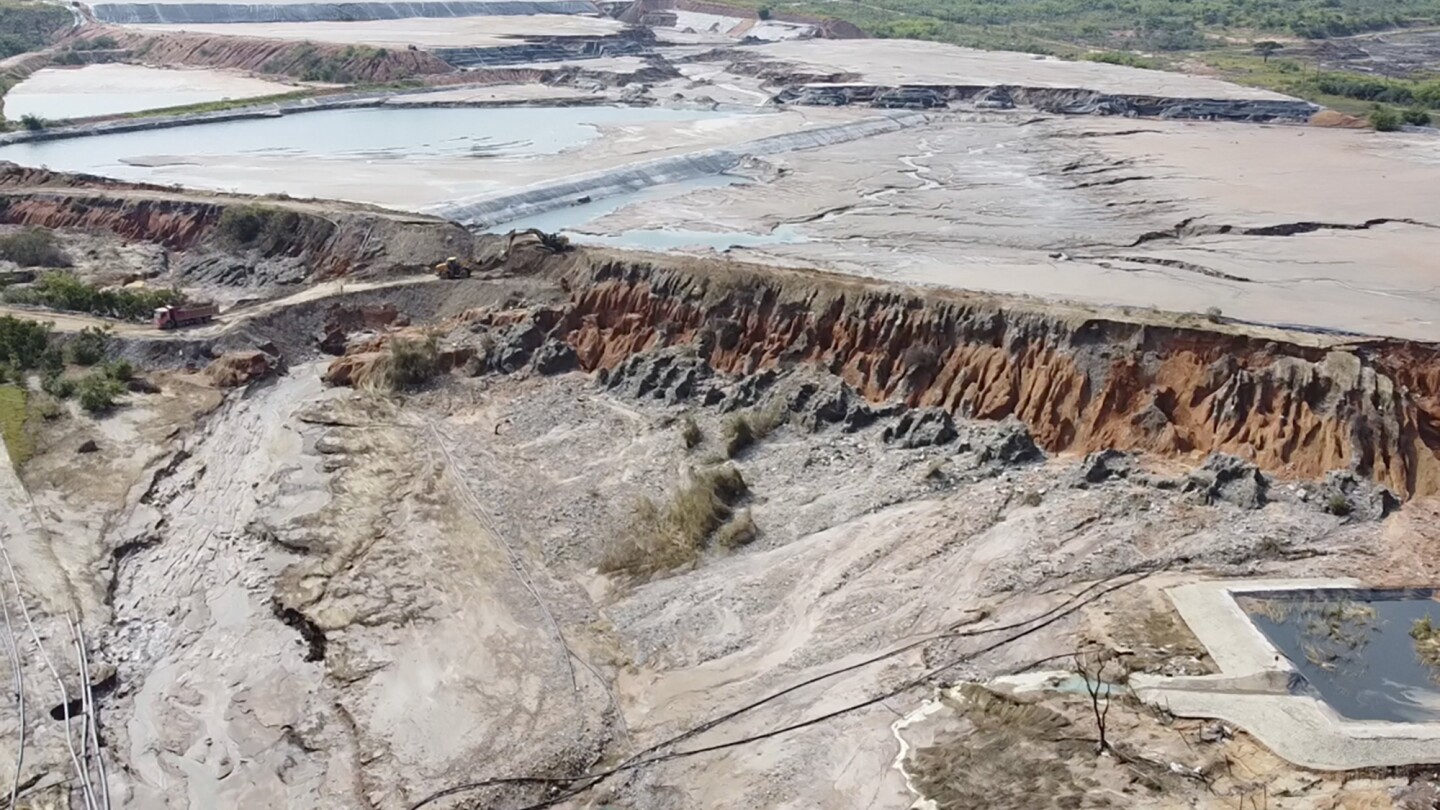
Meanwhile, in Ecuador, a landslide led to the rupture of an oil pipeline.
Esmeraldas City Mayor Vicko Villacis told La Posta that, according to unofficial information, around 200 thousand barrels of oil were spilled. ”We are talking about 500,000 people (affected) because we have a water commonwealth“ that groups several localities, he told Teleamazonas. He also warned of ”unprecedented ecological damage“ and declared an emergency in the area.
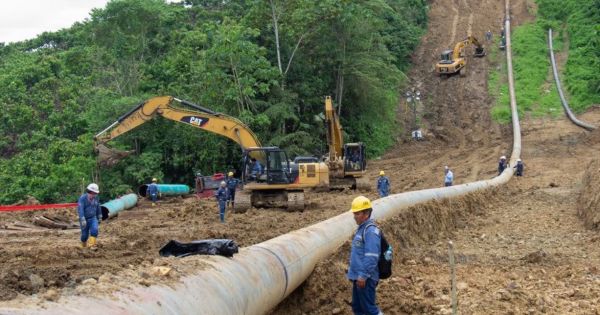
Watersheds are fragile, and the life they support is constantly under threat.

Current Flow State is a weekly newsletter from me, Nick Parish.
If you enjoyed this, please forward it to a friend.
Read our editorial policy or browse the newsletter archives.
Members support and sustain the site, our community. Learn more about membership benefits. If you're getting value from this material, consider becoming a member and giving back.




